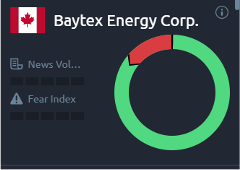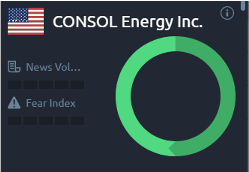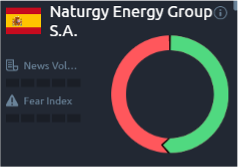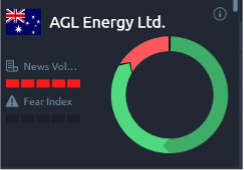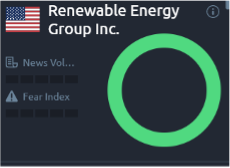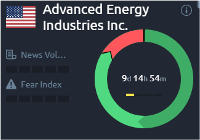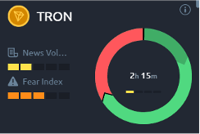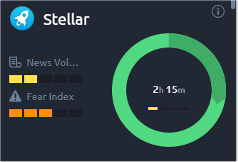Possible Fallout of China’s Energy Crisis
While electricity demand soars in China, coal production has been slower than expected and energy prices have more than doubled in 2021. If electricity prices were to continue rising in China, we would feel inflationary pressure across the global economy.
To deal with the situation, 20 of the nation’s 31 provinces have resorted to rationing electricity. The direct impact of this is being felt by the aluminium, cement, steel, and fertilizer industries. Chinese power suppliers have asked heavy users of electricity to reduce consumption during the daytime hours. On the other hand, the North-Eastern industrial hubs have been asked to shutter factories every few days.
The ripple effect of this may be felt in almost every sector, from cardboard box producers to ecommerce giants and from sheep farmers in Australia to automobile manufacturers in the US and Europe.
Citigroup’s vulnerability index shows that exporters to China, especially those that supply inputs for the country’s manufacturing sector, are especially at risk due to the weakening Chinese recovery. Major trading partners, including Germany and Australia, are particularly concerned about a slowdown.
In mid-October, both Nomura and Goldman Sachs reduced their economic growth predictions for China. In fact, Goldman Sachs warned that the country could be looking at a 0.2% contraction in Q4 2021. If this forecast plays out, global economic recovery from the pandemic-led slowdown could also be at risk.
